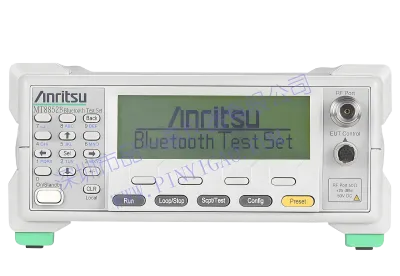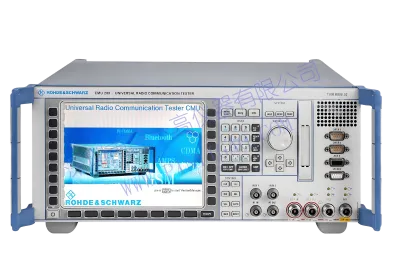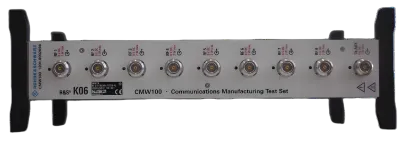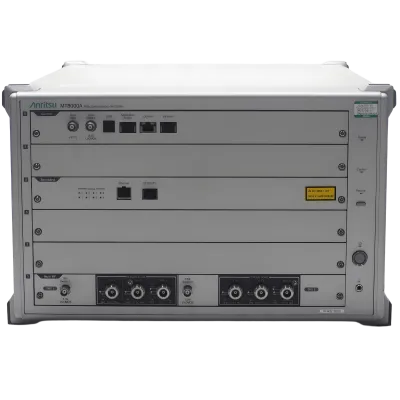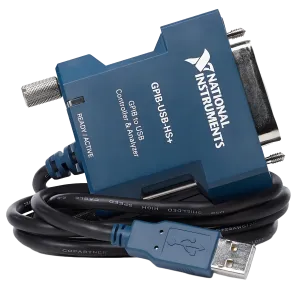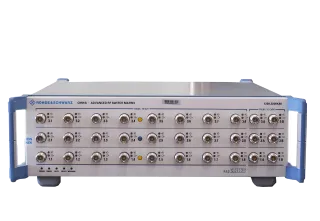
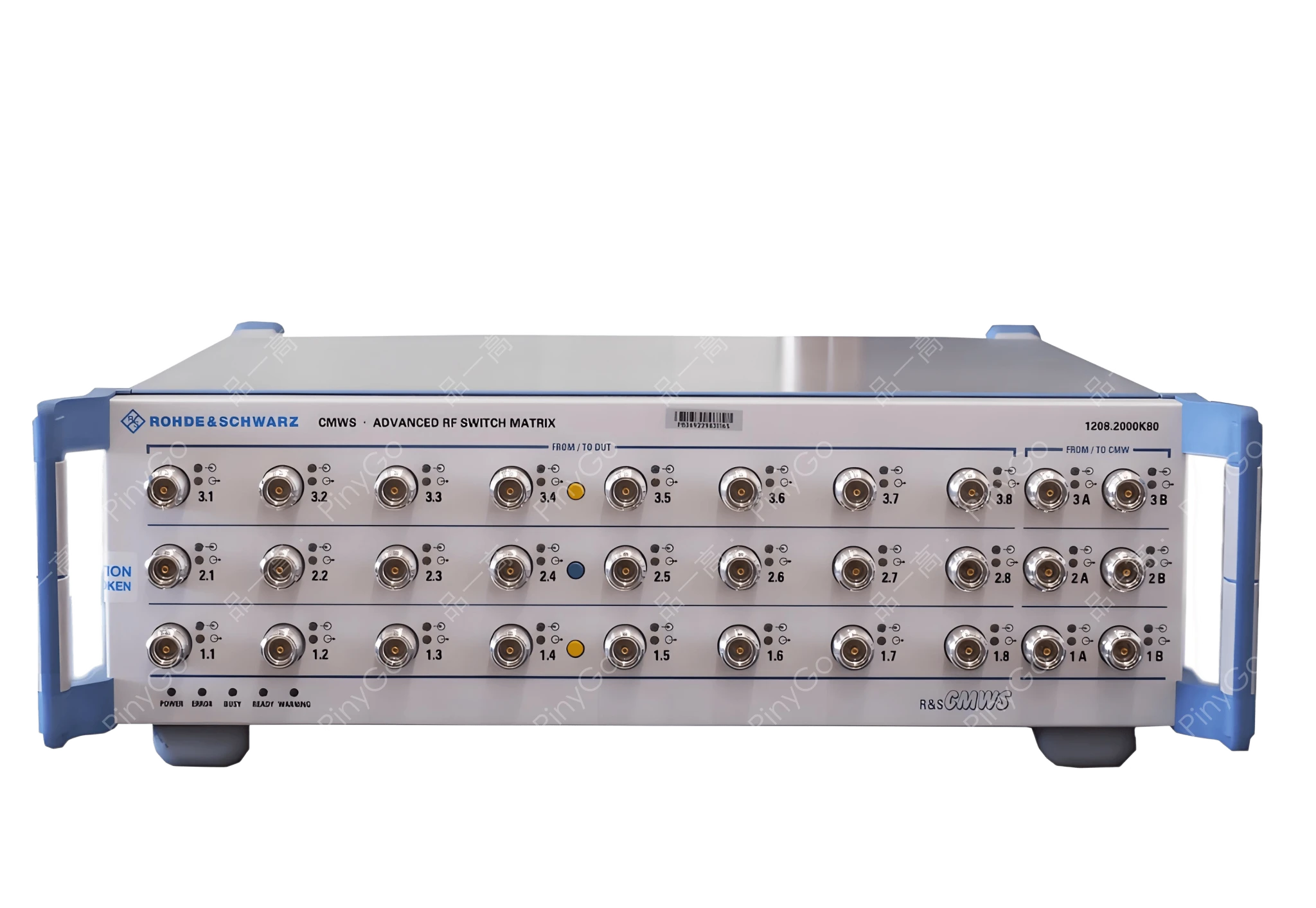
CMWS Matrix RF Switch
Manufacturers
Rohde & Schwarz
Other Recommendations
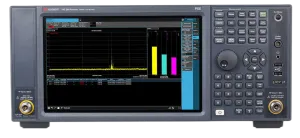

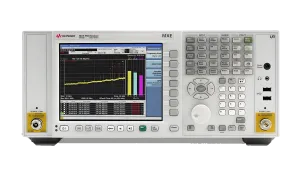
Multi-DUT Parallel Testing Matrix Switch, Automated RF Routing, 50ms Switching for High-Volume Production Lines
🔄
Automated signal routing control (Based on CMWS matrix switch description)
📱
Simultaneous testing of multiple wireless devices (Source: Input description)
🤖
Adapts to production line robotic systems (Based on "automated RF" inference)
| Core Function | Technical Feature | Application Scenario |
|---|---|---|
| Matrix RF Switching | Low-loss signal routing, multi-channel parallel switching | Multi-port tester to multi-DUT connection |
| Automated Control | LAN/USB interface, SCPI command compatible | Production line robotic test systems |
| Multi-DUT Parallel Testing | Reduces equipment idle time, increases test throughput | Smartphone/IoT device mass production testing |
Core Value Proposition
Test Efficiency Improvement — Multi-DUT parallel testing reduces test time by >50% (Based on similar matrix switch applications)
System Complexity Reduction — Replaces multiple independent switches, simplifies production line wiring (30% cable cost reduction)
Scenario Deep Dive
Core Technical Logic
Features "Multi-Port Matrix Architecture + Low-Loss RF Path" design: N×M matrix switch enables flexible connection between N tester ports and M DUTs (e.g., 8×16 matrix supports 8 testers simultaneously testing 16 devices), RF path insertion loss <0.5dB (ensures signal integrity), control unit response time <10ms (supports high-speed switching) (Based on R&S CMWS series technical documentation).
Smartphone Production Line Test Workflow
System Setup: CMWS matrix switch input connects to 4 R&S®CMW100 (8 ports each), output connects to 32 smartphone DUTs, LAN interface integrates with MES system (60% fewer devices than point-to-point connection)
Switching Control: Automation script sends SCPI commands "ROUTE:CONNECT 1,1; 1,2;..." → synchronously assigns tester ports to DUTs, switching time <50ms
Parallel Testing: 32 smartphones simultaneously perform RF calibration (power/frequency error measurement), matrix switch monitors link status, auto-switches to backup channel on failure
Result Aggregation: Auto-disconnects after testing, data aggregated via MES system, switching efficiency increased 8x over traditional methods
Technical Adaptation Key Points
Matrix scale selection should match tester/DUT count (e.g., 16×32 for medium-volume production). For high-frequency testing (>6GHz), consider switch frequency response (recommend models supporting up to 18GHz). Automation scripts should optimize switching logic to prevent channel conflicts (predefined routing tables enable efficient scheduling).


